Physical Address
304 North Cardinal St.
Dorchester Center, MA 02124
Physical Address
304 North Cardinal St.
Dorchester Center, MA 02124
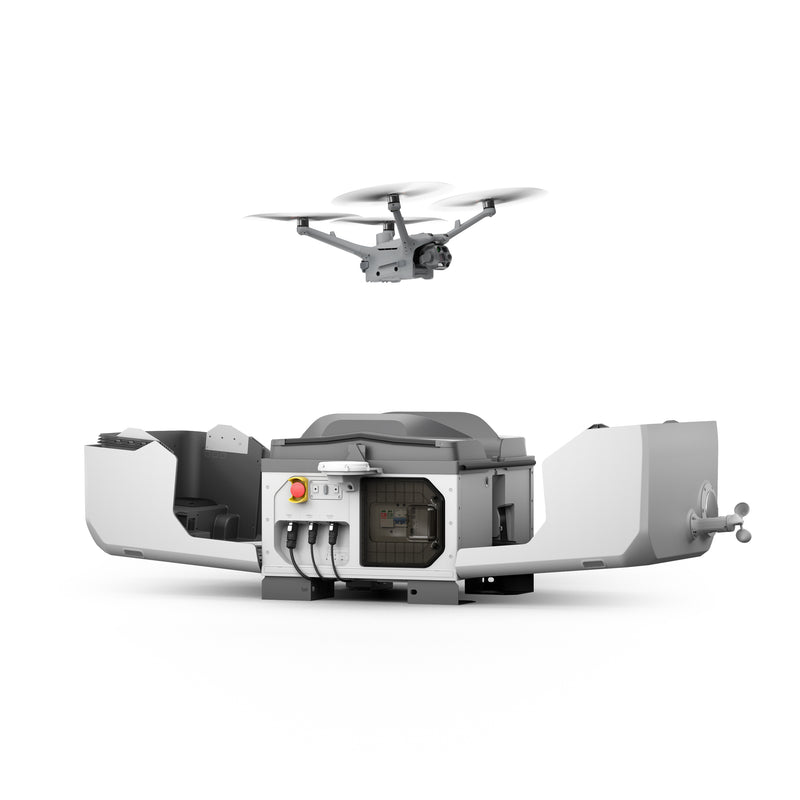
Drones are no longer what you used to know, they have been evolving into becoming fully autonomous tools that can take off, land, recharge and upload data on their own without any human intervention. In 2025, drone docking stations also known as drone- in-a- box-systems are coming in at the heart of this transformation.
The global drone docking station market is expected to grow considerably, with the market size projected to hit nearly USD 1.2 billion by 2032 compared to USD 300 million as of 2023, with a strong CAGR of 15%.
For surveyors, GIS professionals, security, town planners and mapping organizations, this innovation has the potential to cut costs, improve safety, and deliver near real-time insights across industries like construction, mining, agriculture, security, traffic monitoring and urban planning.
A drone docking station can be described as an automated base designed to support remote operations of drones without need of on site personnel. Drone docking stations are particularly very useful for beyond visual line of sight operations as they enable seamless deployment and retrieval of drones even across long range operations.
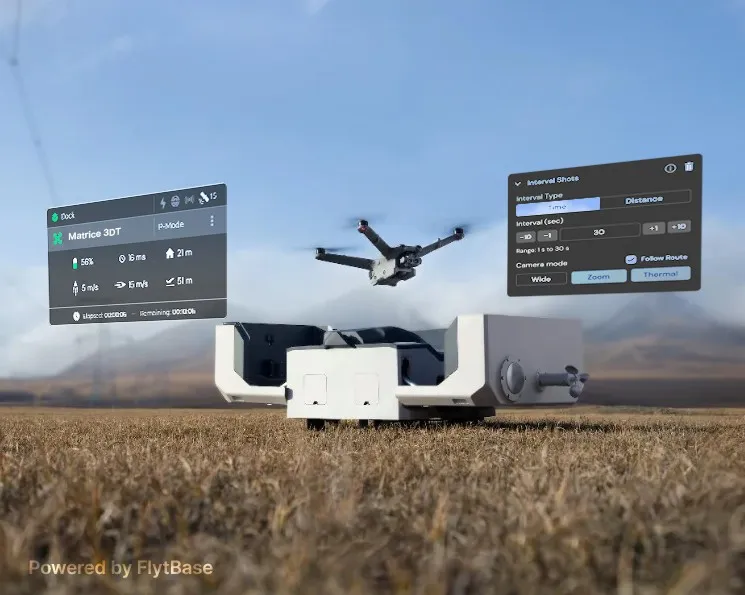
Through automated operations, the drone – in – a – box system comes with many features such as:
A drone docking station can be viewed as a charging platform and data management hub for drones. As drone docking stations eliminate manual interventions, they also assist in managing repetitive drone tasks and missions such as inspections, monitoring and data collection, reducing downtime and enhancing operational efficiency.
The growing demand for drone docking stations is necessitated by the growing need for automation in the drone operations. The adoption of drone technology in industries such as logistics, agriculture, and surveillance will require reliable docking stations that facilitate continuous operations, and this will be a major growth driver for the global drone docking station market.
A recent study by Cognitive Market Research highlights the main factors influencing the Drone Docking Station market within the aerospace and defense sector. The findings indicate that although key market factors are fostering growth, the sector also encounters challenges such as increased R&D expenses, strict regulations, supply chain weaknesses, and variable defense budgets.
Here are some of the best drone docking stations in 2025:
DJI Docks are extremely rugged, reliable, and made to run 24/7, rain or shine, day or night. Each DJI Dock will contain a Matrice 30 that lands, recharges, takes off, and performs missions programmed in DJI FlightHub 2.

The DJI Matrice 30 Dock system comes with super faster charge and cooling functionality, charging the drone from 10 – 90% in 25 minutes. It also comes with the DJI Flighthub 2 software that allows for full unlocking of its functionality from the cloud i.e creating, scheduling and editing missions including managing the collected data.
The DJI Dock 2 & 3 is a robust enterprise, affordable, quick deployment and scalable solution that leads and if often preferred in the market.
The XRT Battery Drone in a Box Solution Swap Dock for DJI Matrice 350 RTK Series works with both the DJI Matrice 350 RTK and the DJI Matrice 300 RTK. When used with the XRT Cloud Box M2, it lets you connect to 5G, control it from a distance, send data in real time, and hop between multiple points.
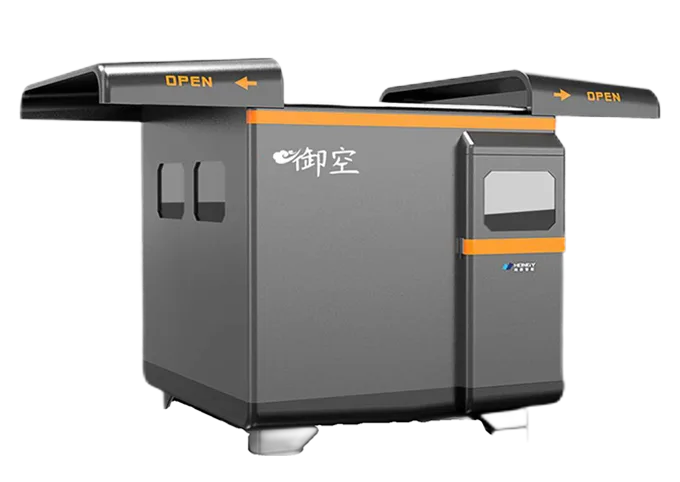
This DJI drone battery charging station cuts down on downtime by automatically changing out drone batteries in less than three minutes. Perfect for important tasks that need drones to fly missions all the time without any help from people.
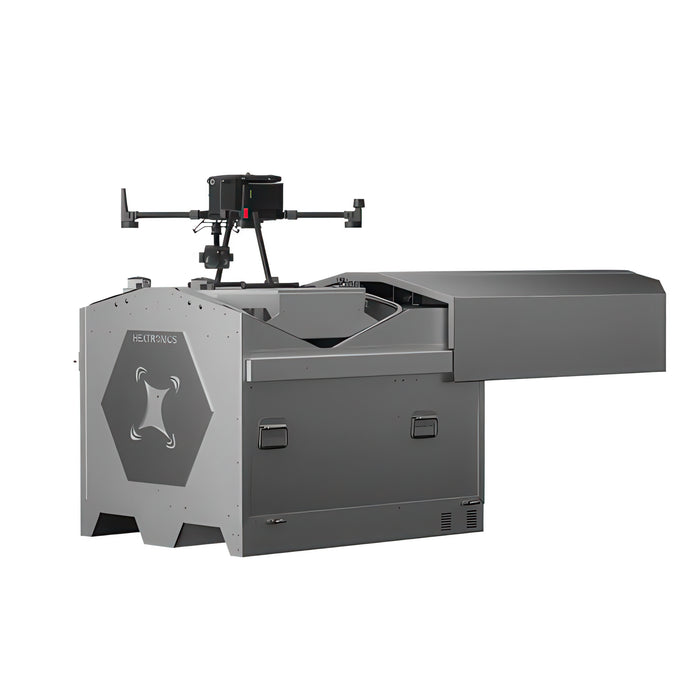
The Hextronics Atlas is a high-quality docking station for DJI Matrice 300 and 350 RTK drones. It lets you keep working by letting you swap out batteries every 90 seconds, store 8 batteries, and change the way the batteries are set up. Its tough design can handle extreme conditions and support advanced payloads for public safety, agriculture, and infrastructure inspection.
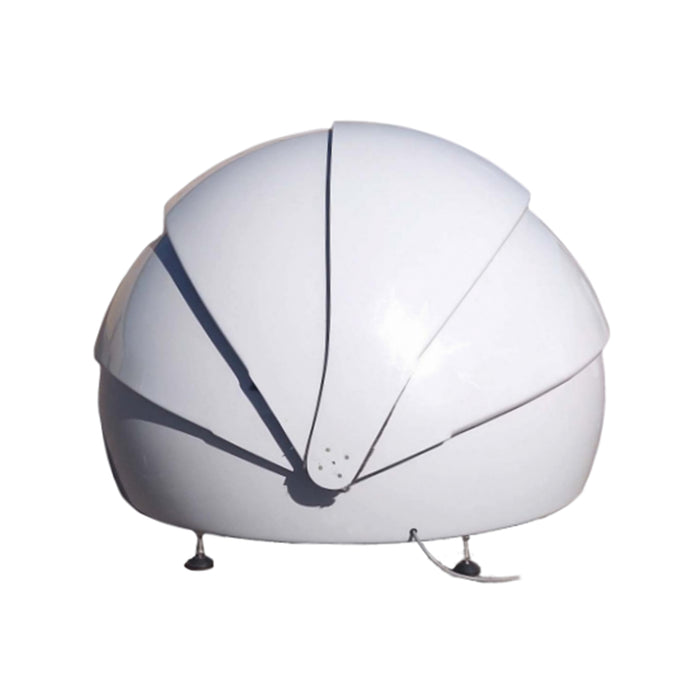
The first drone-independent docking station designed for multi-UAV operations is the OmniDock Standard. It can hold one large drone or two smaller ones and has a hemispheric, windproof design. It blends in perfectly with autonomous workflows for a variety of industries thanks to its quick actuation, modular configurations, and HVAC-controlled dependability.
Within the next 5 years, we can expect the drone docking system adoption to pick up among many other trends such as:
For drone operators, embracing drone docking isn’t just about convenience — it’s about unpacking a new level of efficiency, competitiveness, and data-driven decision making.
Drone docking stations aren’t just cool new things; they’re the next step in how drones will be used.
Drone operators who use drone-in-a-box systems early will have a big advantage over their competitors as costs go down and rules catch up.
Whether in construction, mining, agriculture, security or urban monitoring, automated drone operations are set to reshape drone operations workflows in 2025 and beyond.
Are you exploring automated drone operations? Subscribe to Geomatics Central for the latest drone technology updates, tutorials, and case studies.